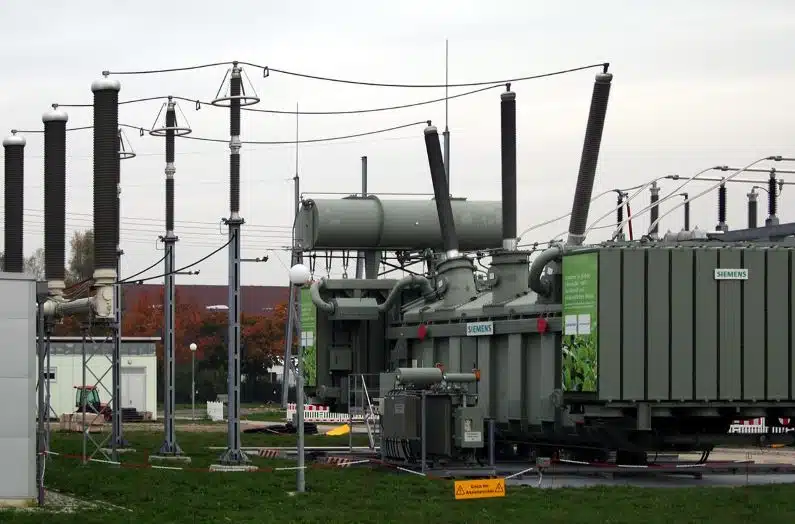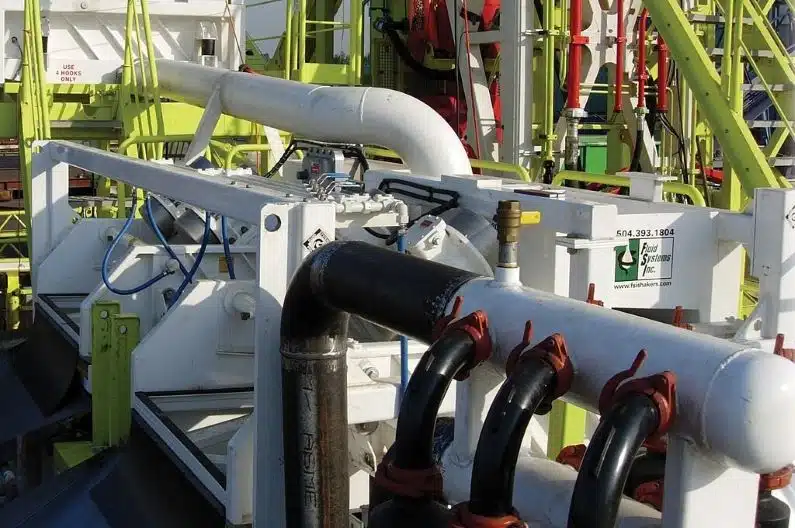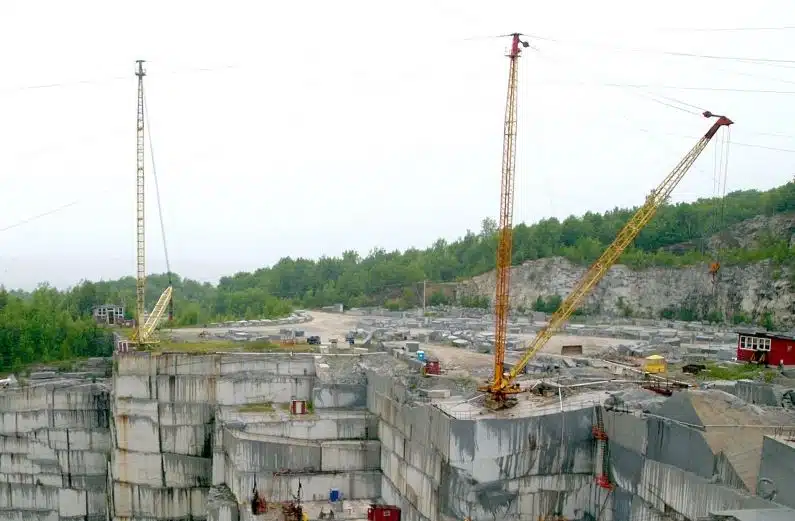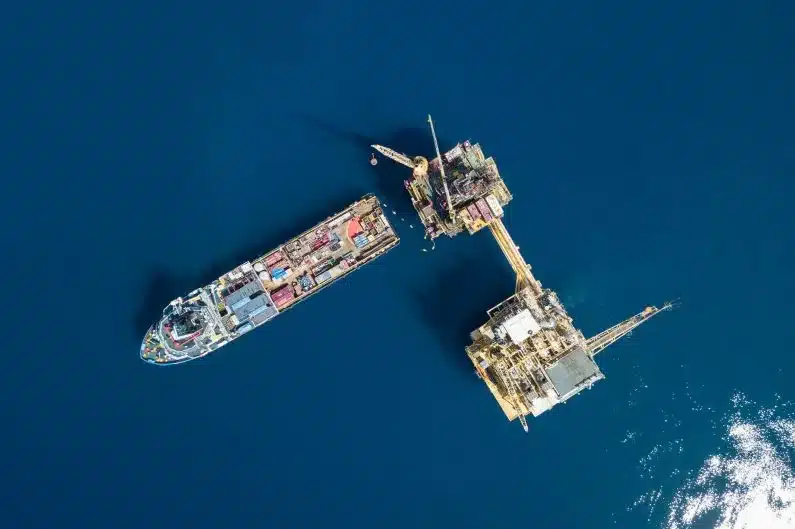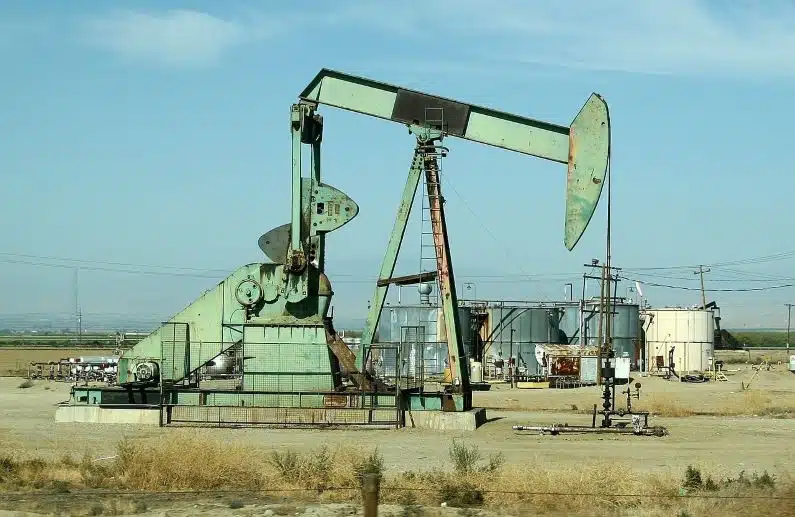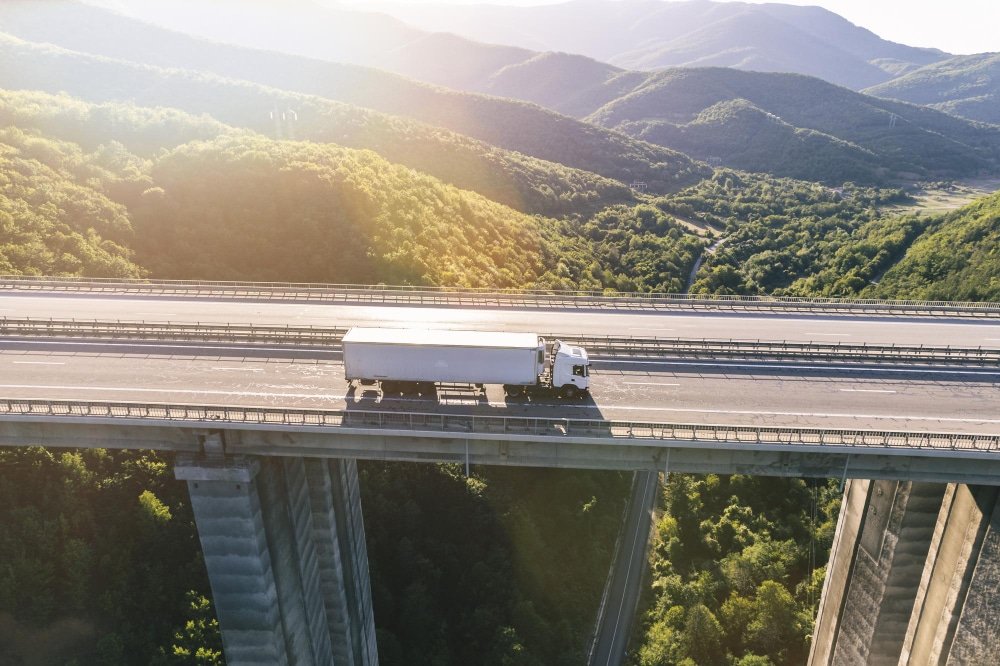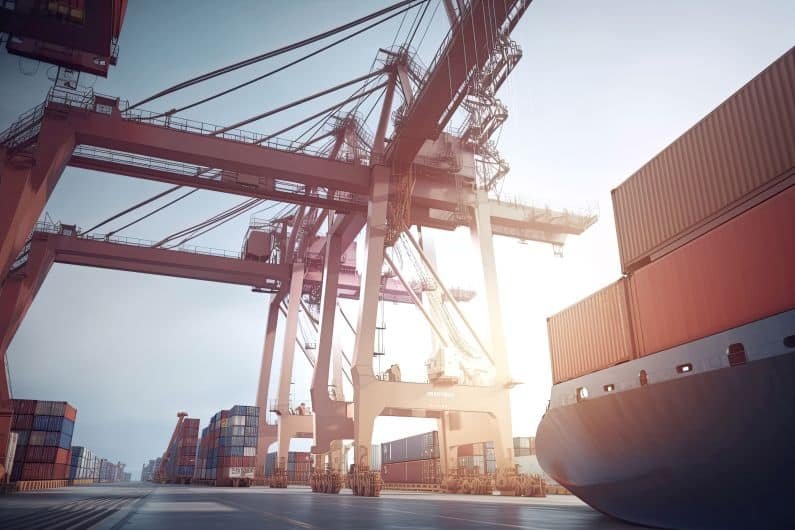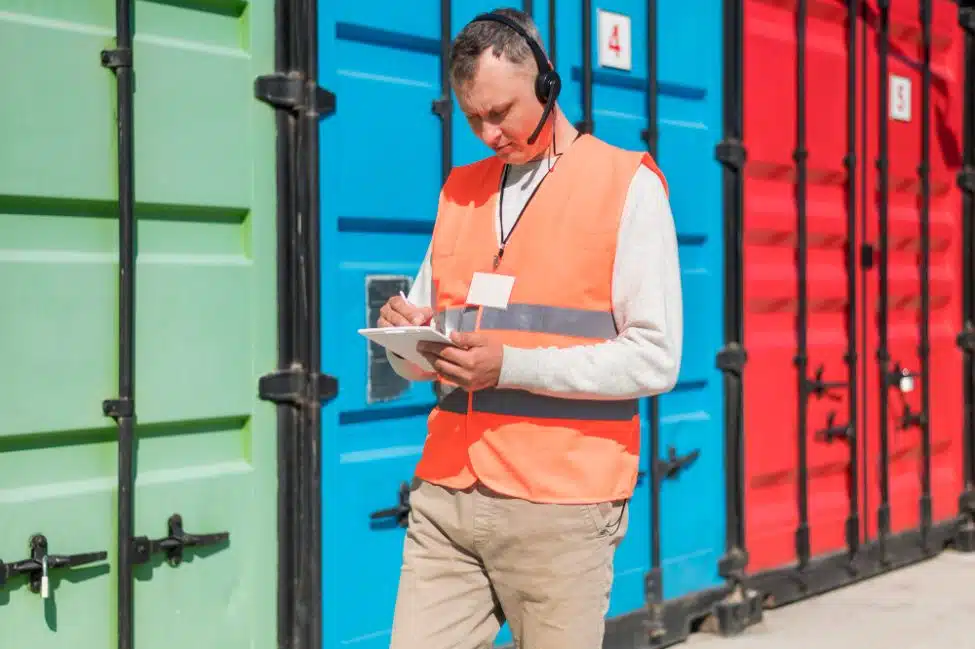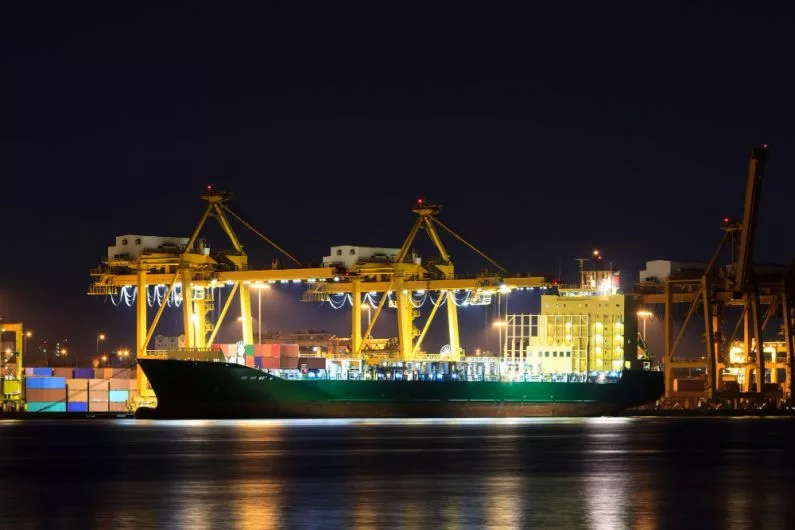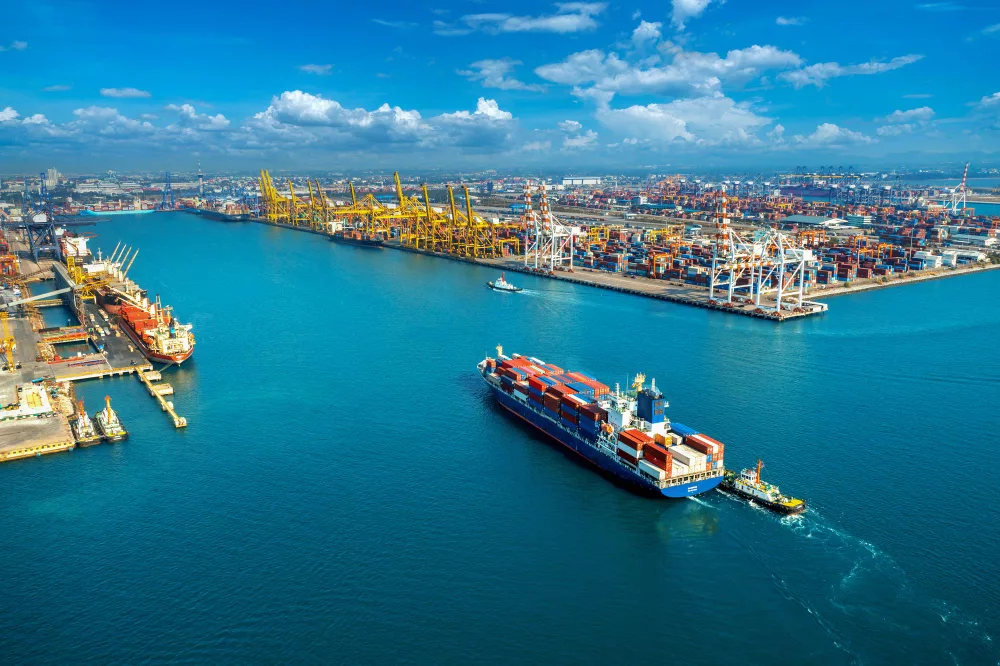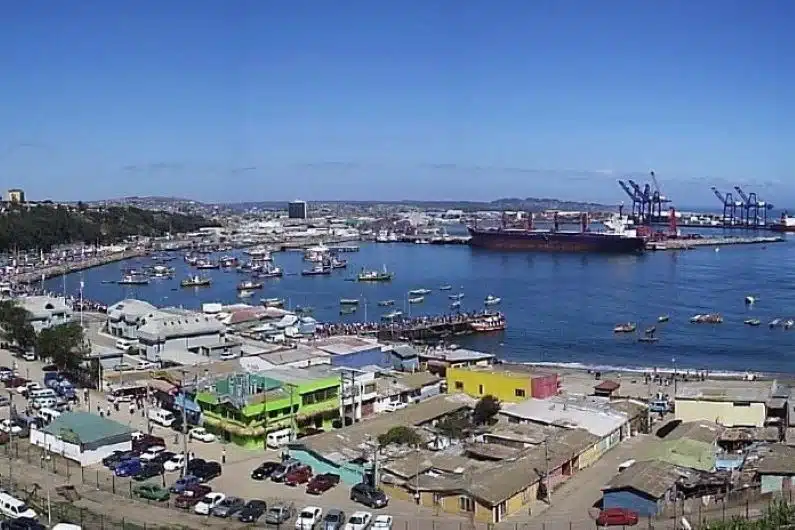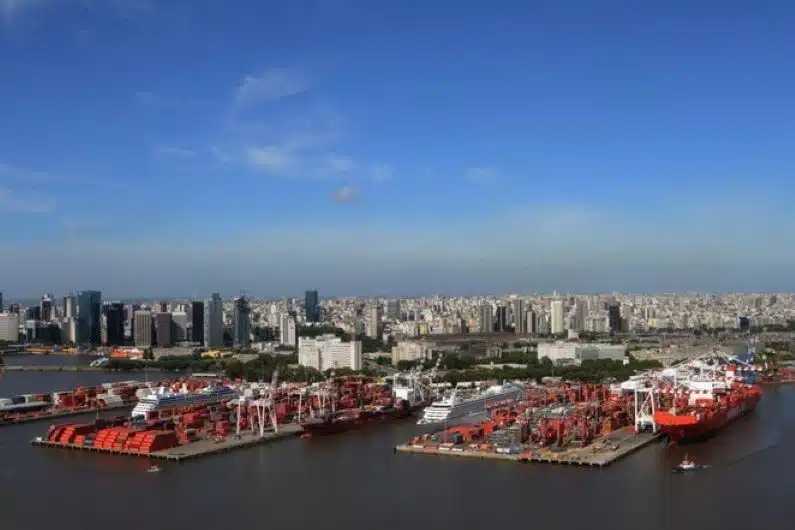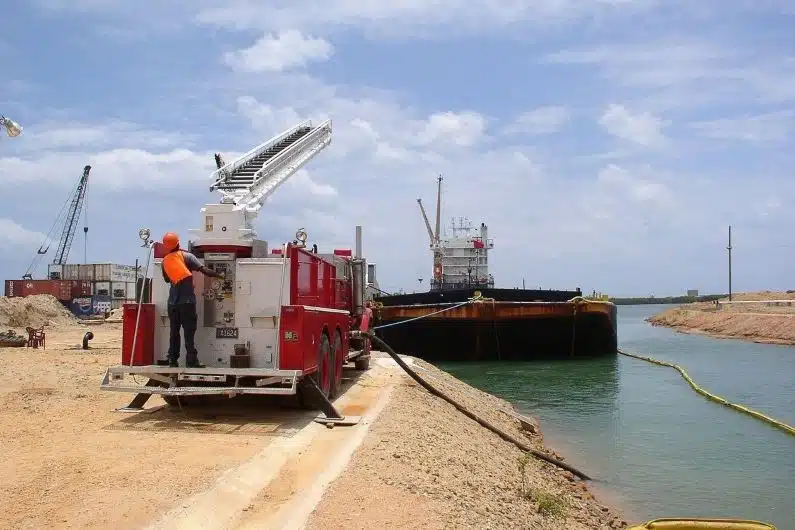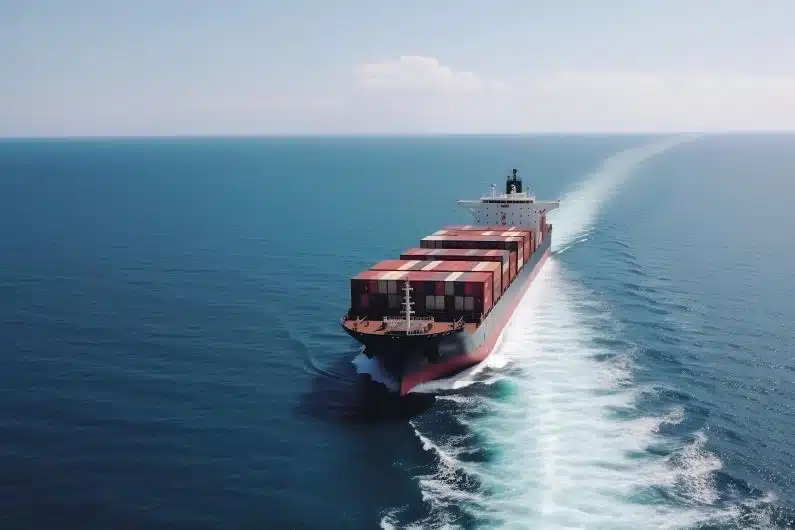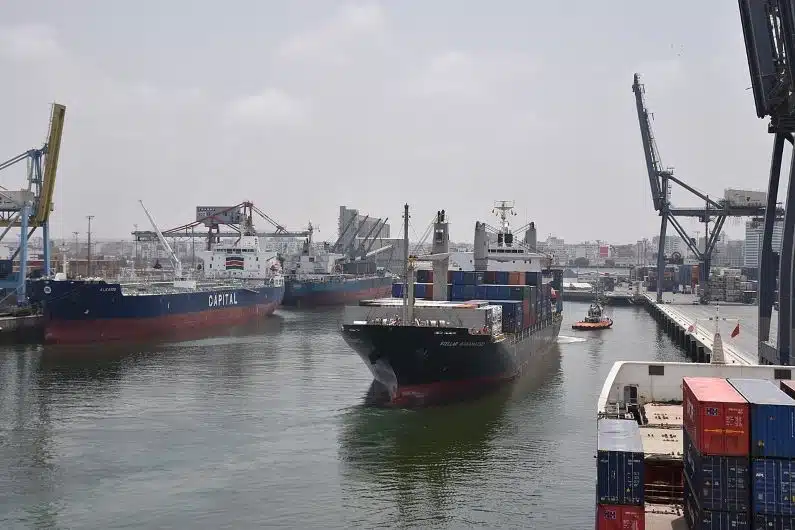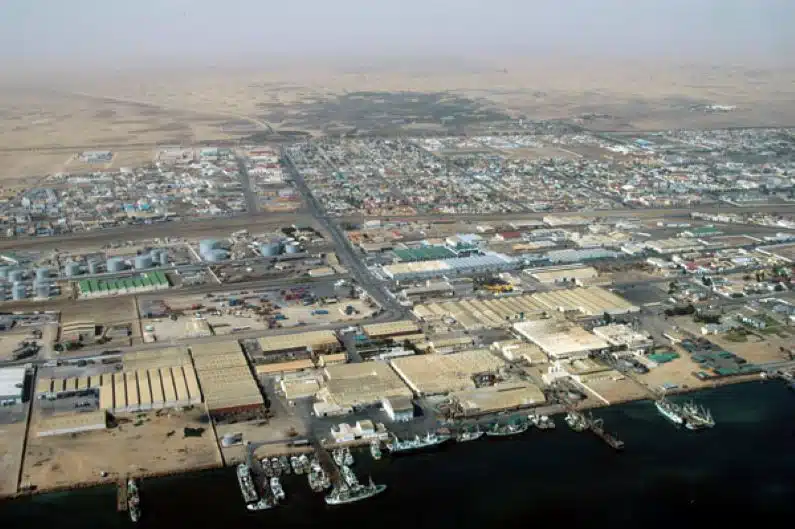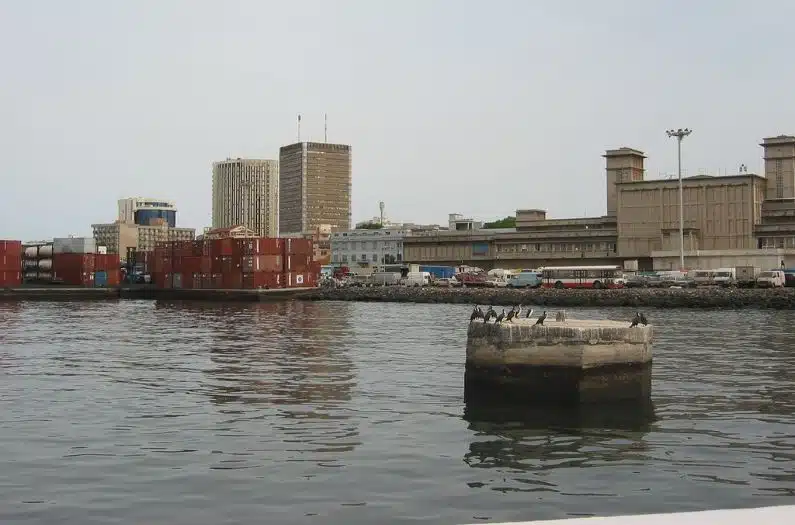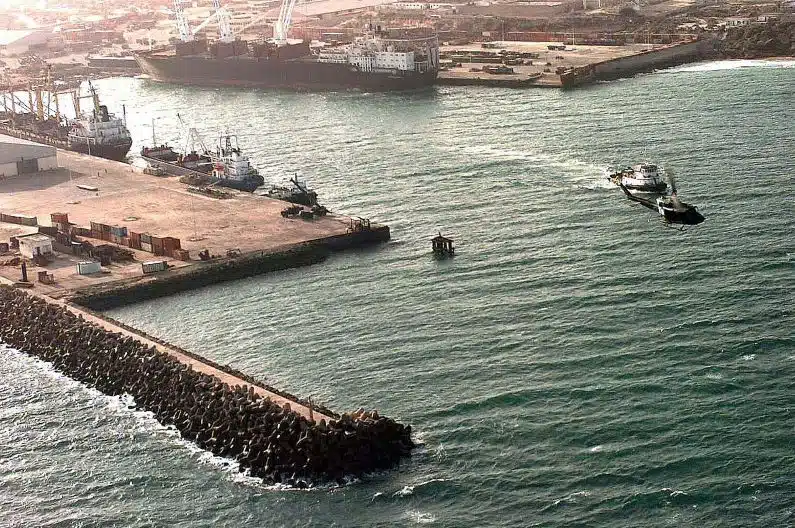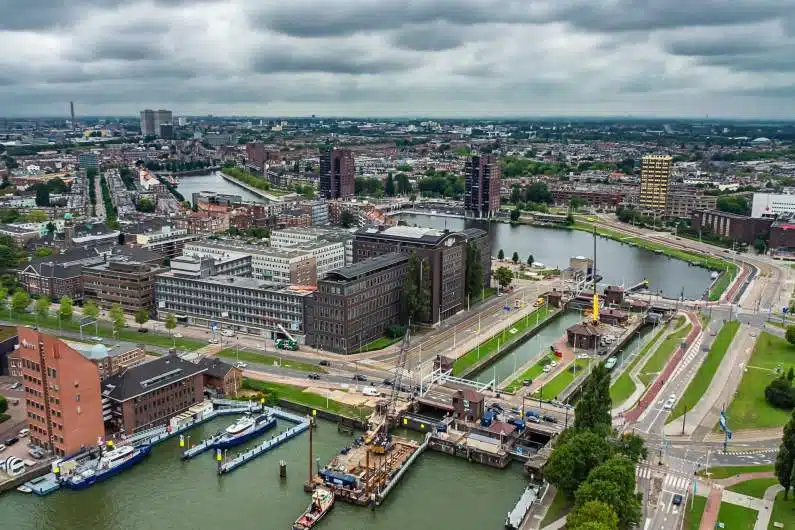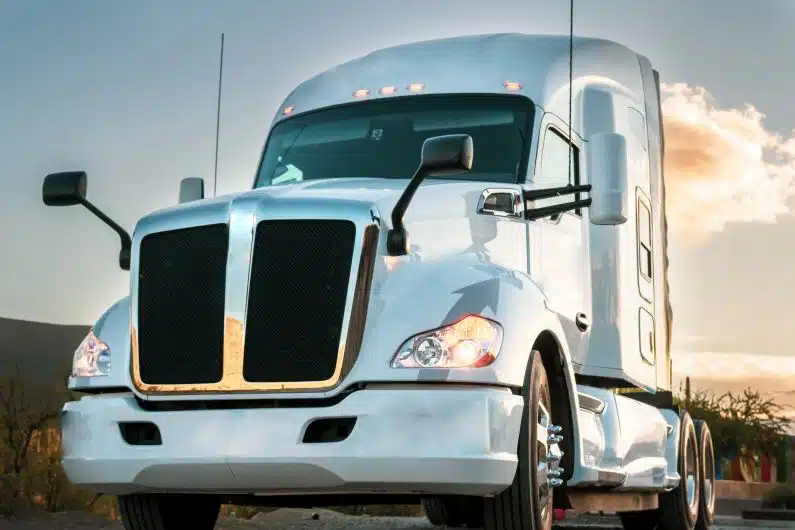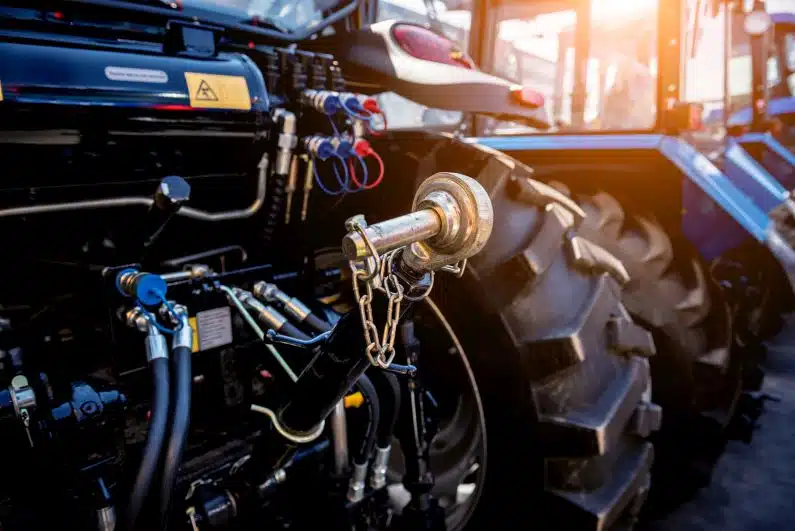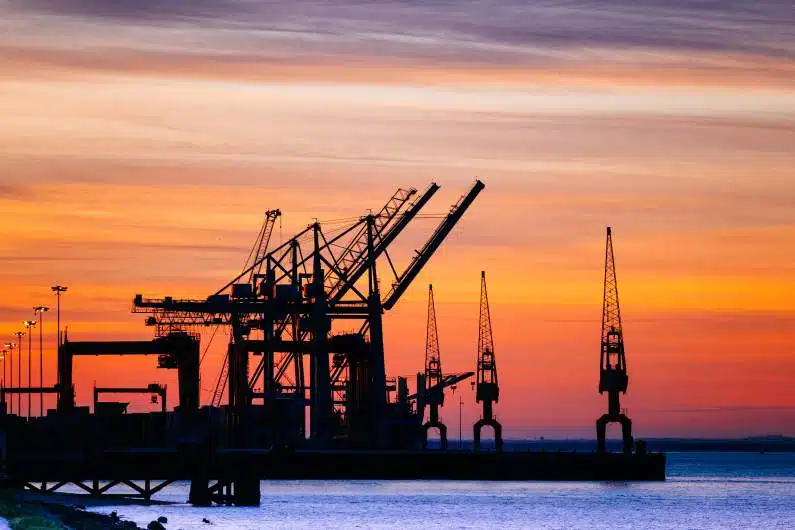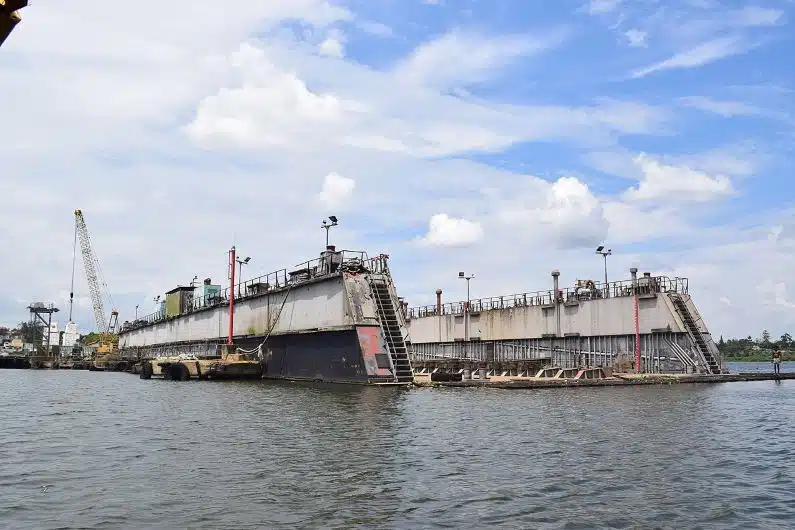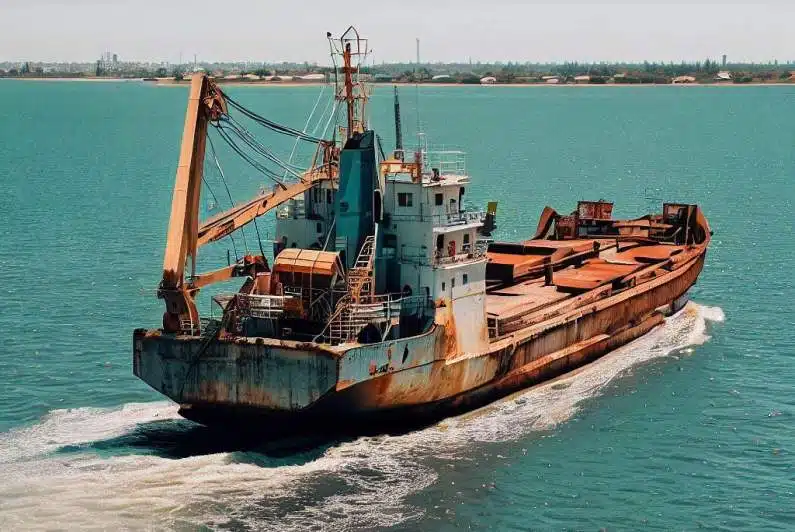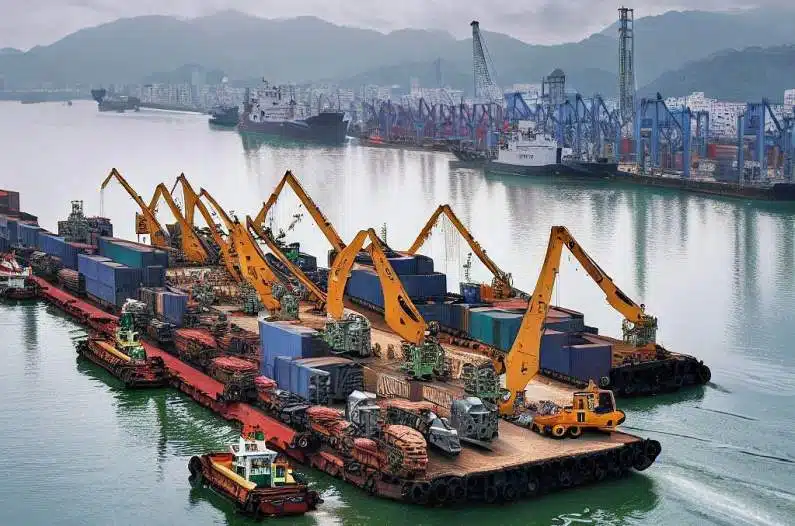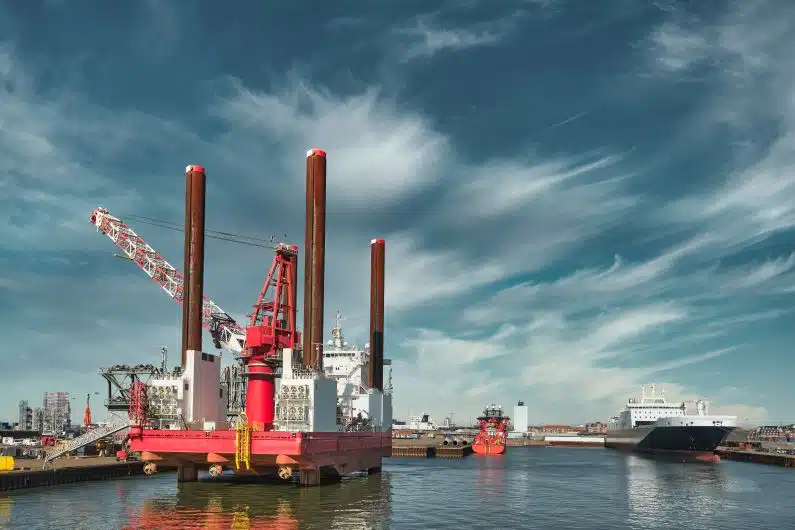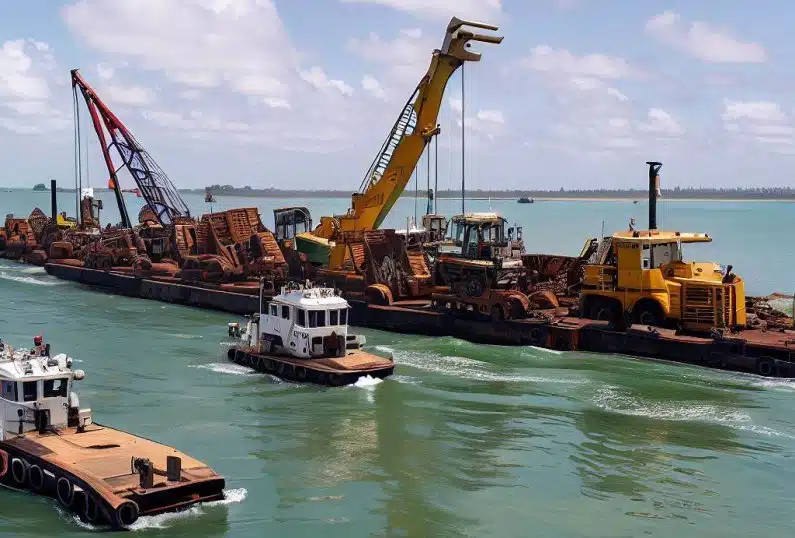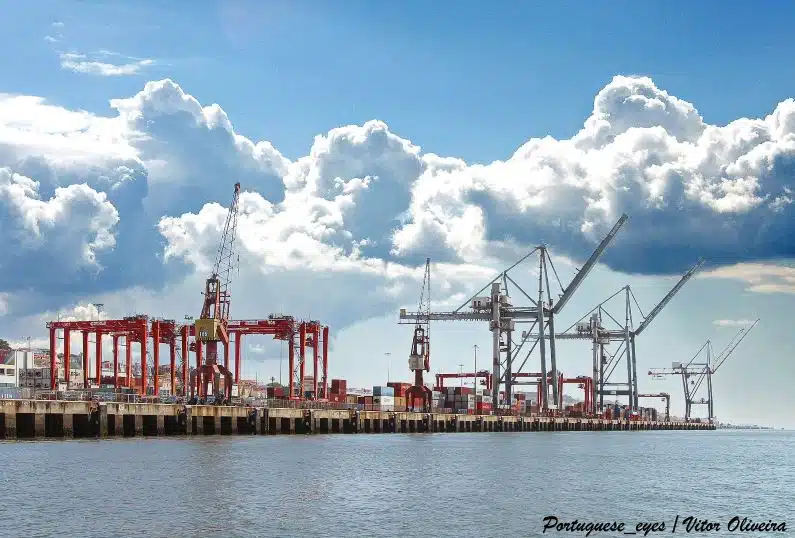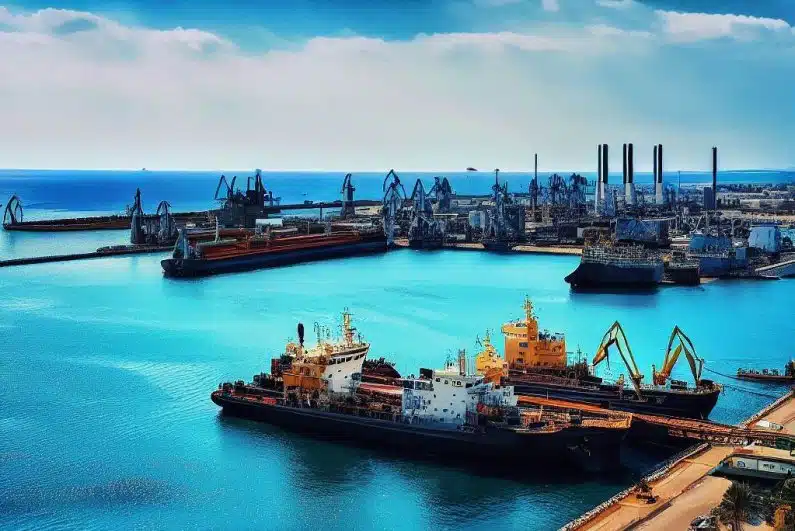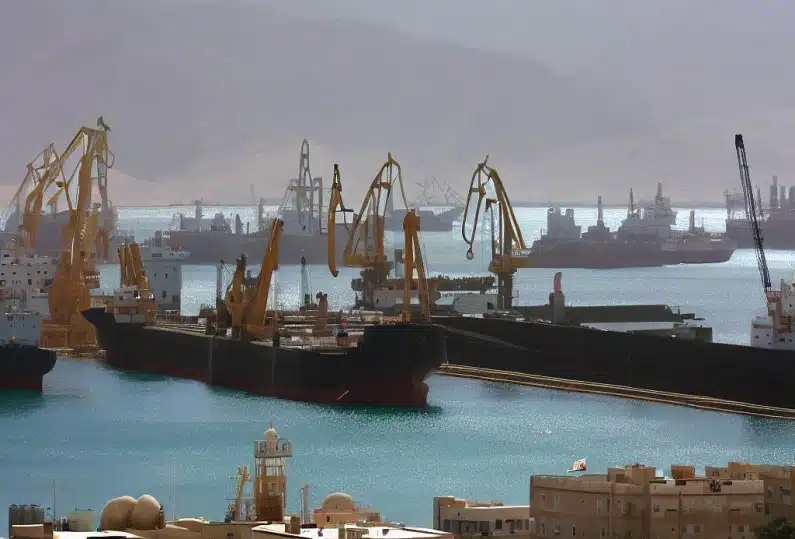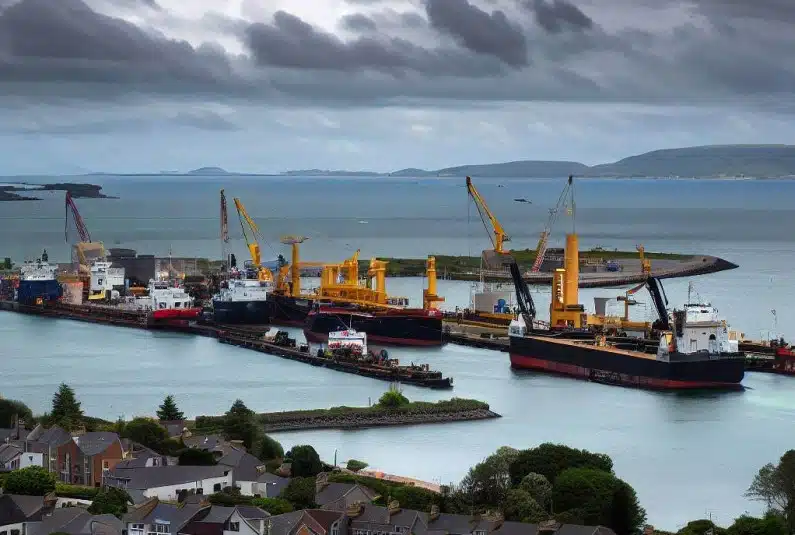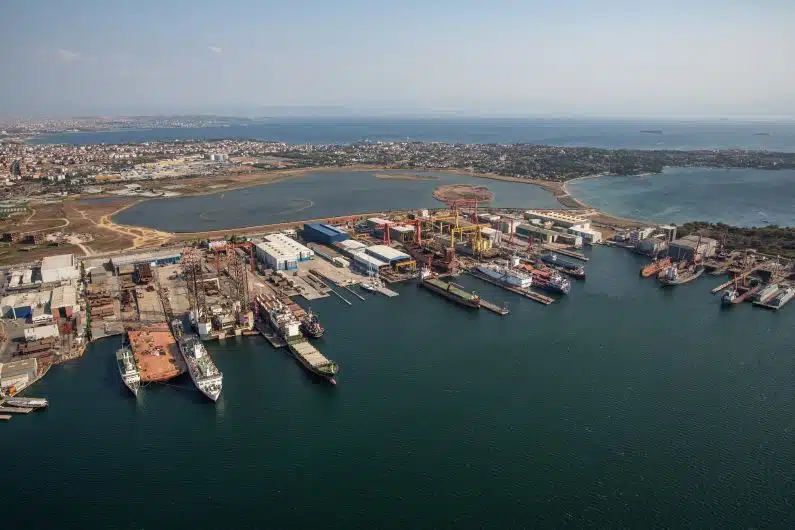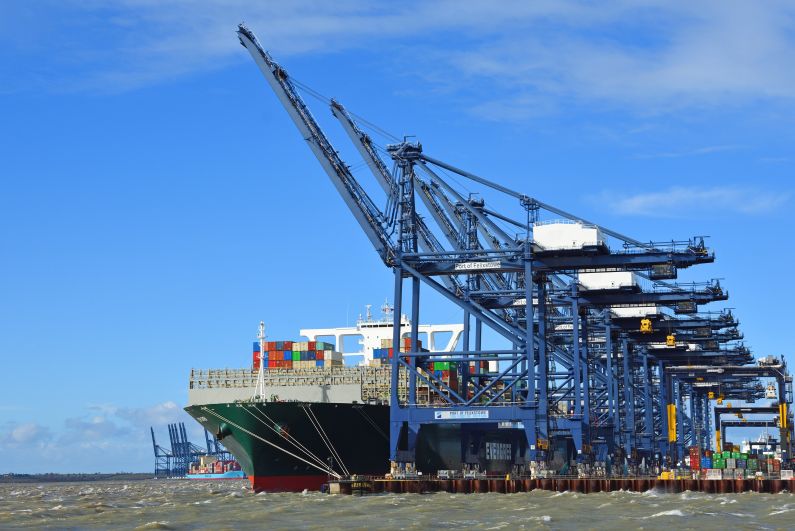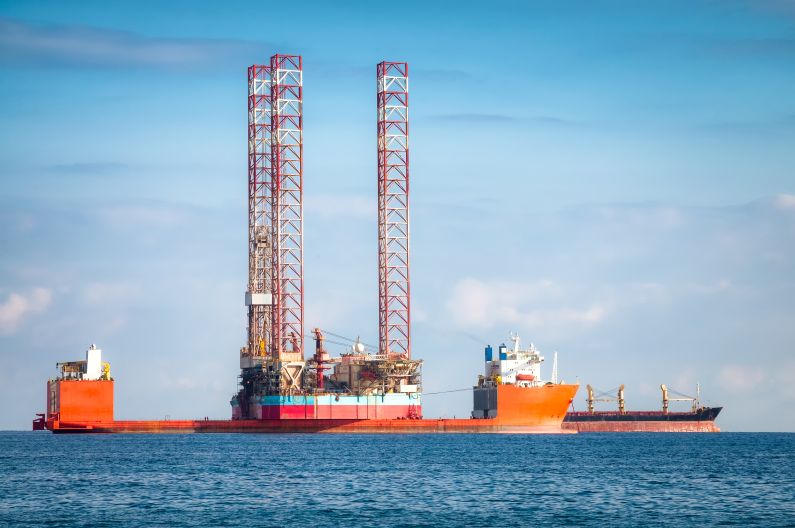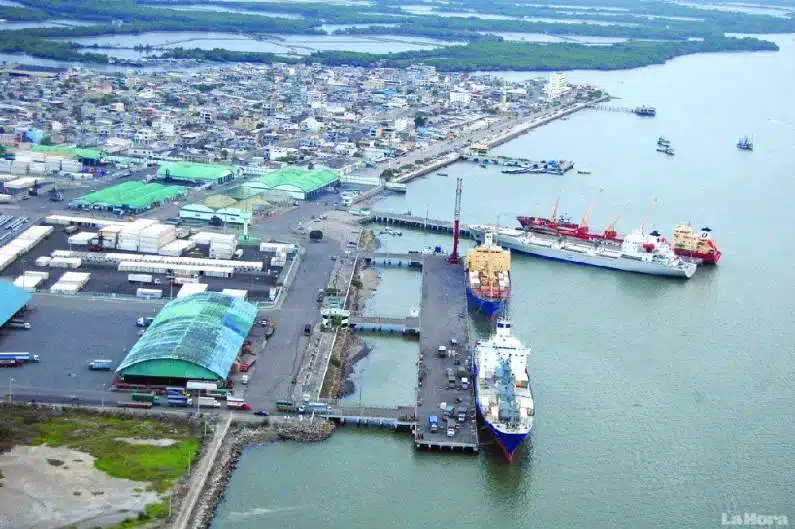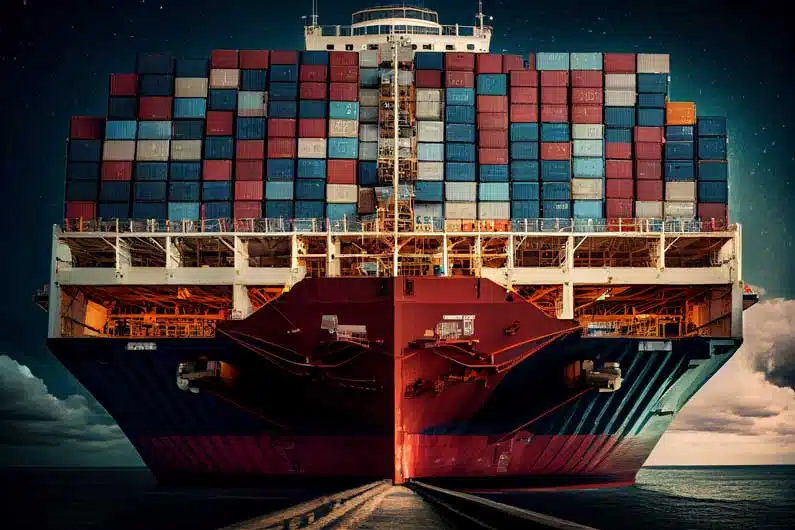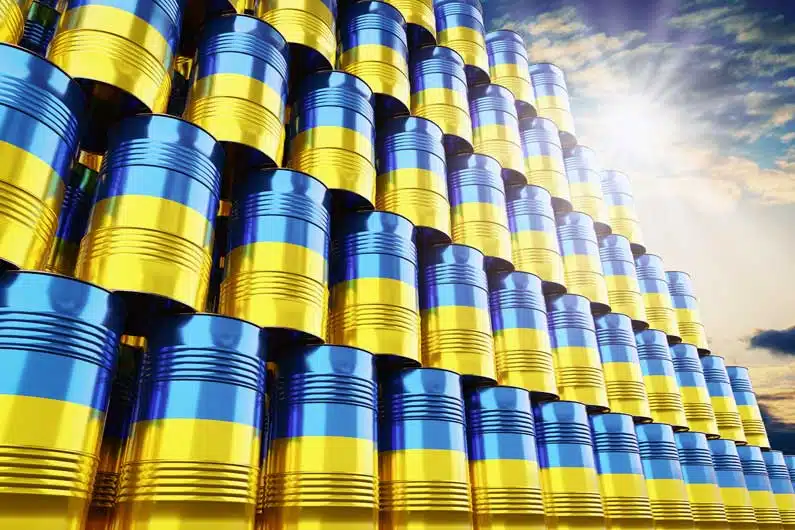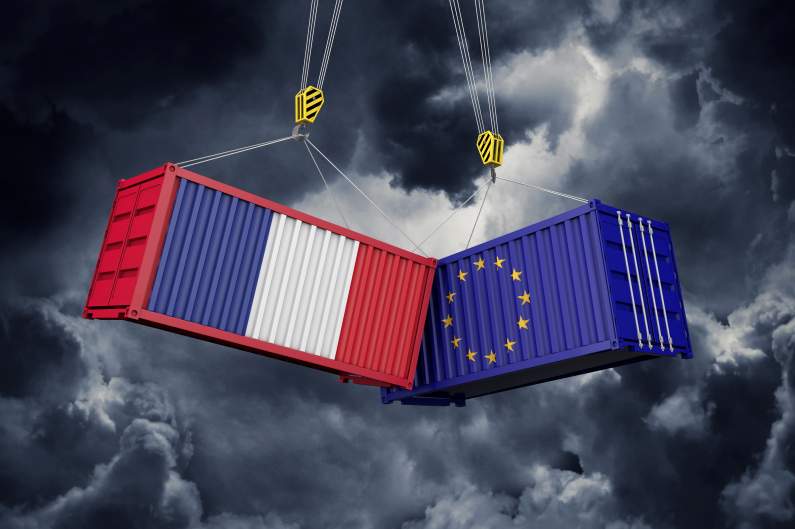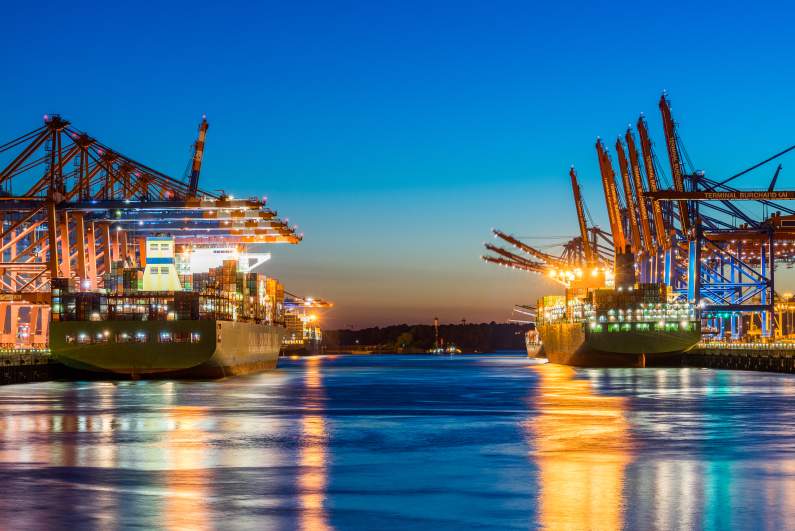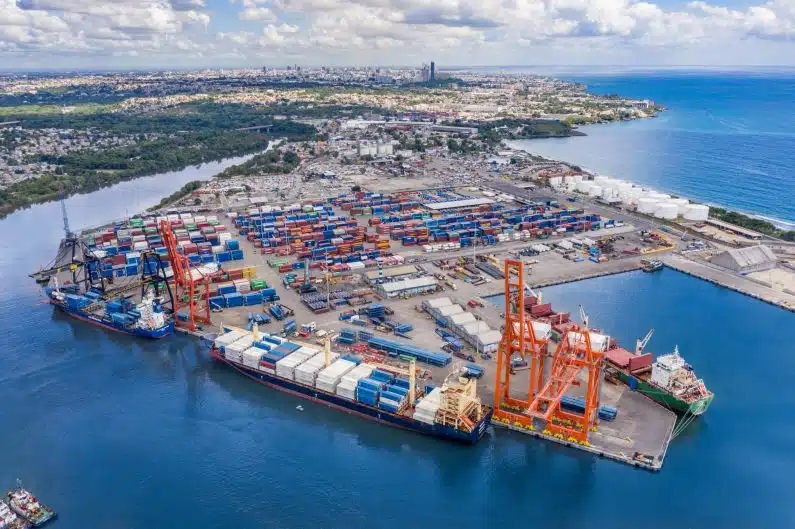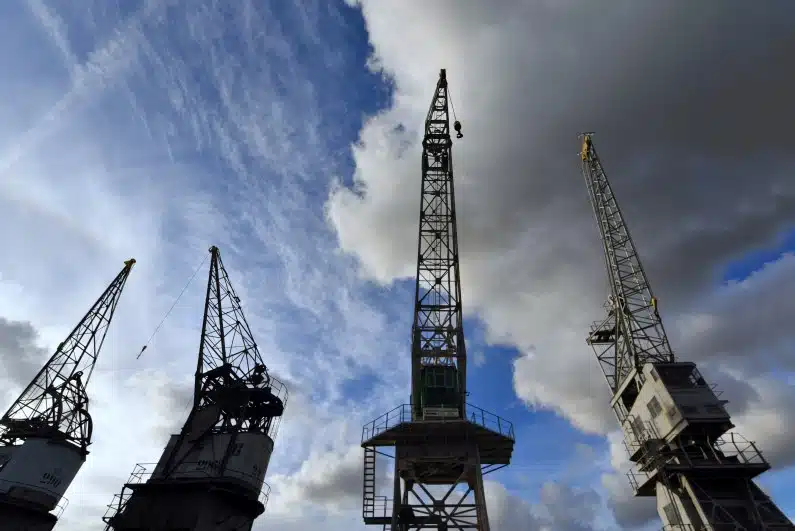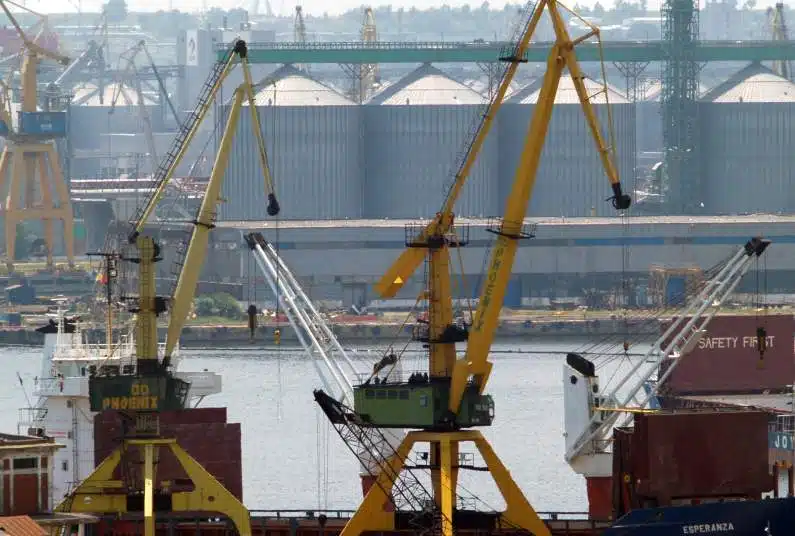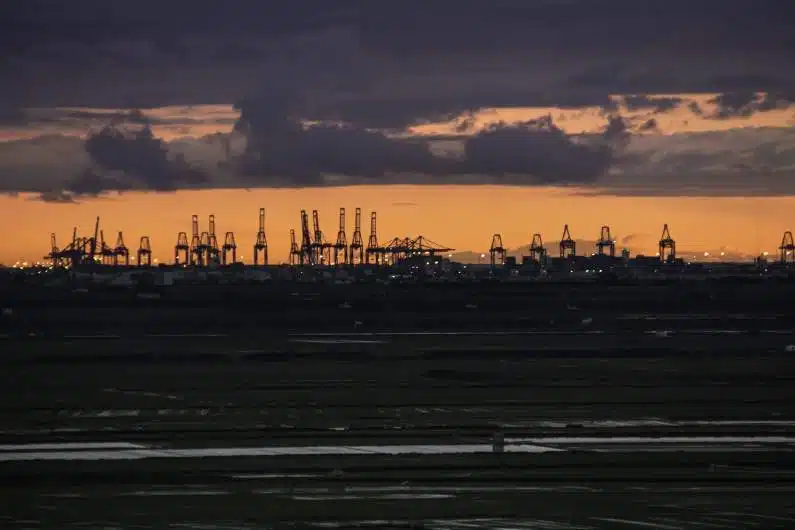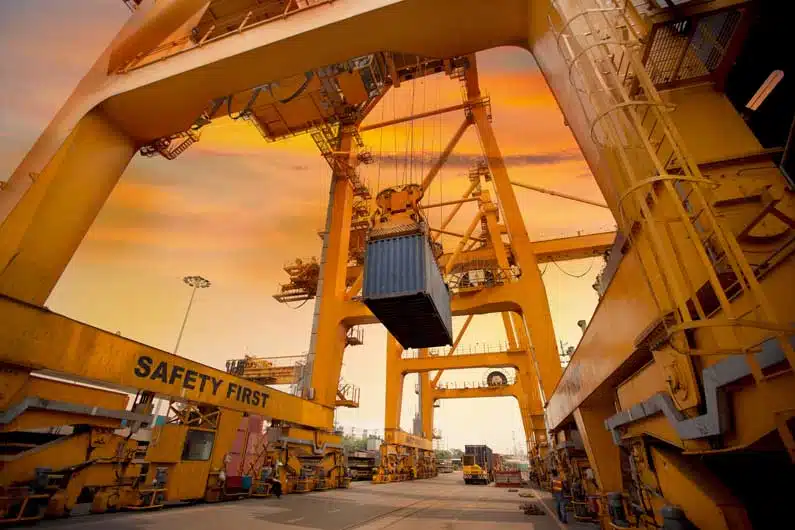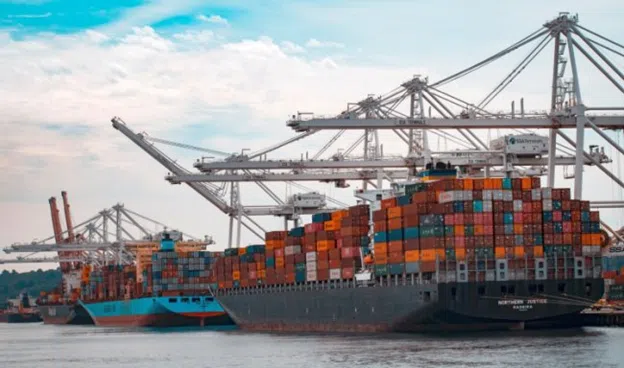In the modern era, electrical power has become the lifeblood of societies, driving industries, homes, and technological advancements.
At the heart of power distribution networks lies a critical component known as transformers.
These complex and invaluable pieces of oil equipment enable the efficient transmission of electricity from power plants to homes and businesses.
Shipping transformers to various parts of the world play a crucial role in meeting global energy demands, ensuring reliable power supply, and empowering socioeconomic development.
This article explores the significance of shipping transformers and their impact on global electrification.
Why Shipping Transformers Are So Vital
Meeting Energy Needs
With the increasing demand for electricity worldwide, shipping transformers become essential in meeting energy needs.
Transformers are vital in stepping up or stepping down electrical voltage for efficient transmission and distribution.
As countries strive to expand their energy infrastructure and electrify remote regions, the importation of transformers facilitates the expansion and modernization of power grids.
By shipping transformers to various parts of the world, energy deficits are addressed, and nations can deliver reliable electricity to their populations, promoting economic growth and enhancing the quality of life.
Enabling International Energy Exchange
The global exchange of electricity, enabled by shipping transformers, promotes international cooperation and energy interdependence.
Countries with surplus electricity generation capacity can export power to regions experiencing shortages, fostering energy security and stability.
Shipping transformers across borders facilitates the harmonization of different electrical systems, ensuring compatibility and seamless integration of international power grids.
This collaborative effort allows for efficient utilization of energy resources, reduction of carbon emissions, and mutual economic benefits for participating nations.
Facilitating Infrastructure Development
Transformers are integral to infrastructure development, supporting industrialization, urbanization, and socioeconomic progress.
By shipping transformers to developing regions, power infrastructure can be established and expanded, enabling the growth of industries, attracting investments, and creating employment opportunities.
The reliable and stable supply of electricity made possible by transformers enhances productivity, encourages innovation, and drives economic diversification.
As a result, shipping transformers become a catalyst for infrastructure development, supporting the building blocks of prosperous societies.
Overcoming Geographic Challenges
The shipping of transformers to various parts of the world is not without its challenges, particularly when it comes to remote and geographically challenging locations.
Transforming inaccessible areas into thriving communities requires specialized logistics and careful planning. Transportation through rugged terrains, rough seas, or remote islands demands the use of specialized vessels, heavy-lift cranes, and skilled personnel.
Overcoming these challenges requires coordination among shipping companies, logistics providers, and local authorities to ensure the safe and timely delivery of transformers, enabling electrification even in the most demanding environments.
Supporting Technological Advancements
In addition to meeting basic energy needs, the shipping of transformers also supports technological advancements. As the world embraces renewable energy sources and smart grid technologies, transformers play a critical role in integrating intermittent renewable energy generation into the electrical grid.
Advanced transformers with enhanced monitoring and control capabilities enable efficient power flow management, voltage regulation, and grid stability.
By shipping cutting-edge transformers to different parts of the world, nations can embrace clean energy transitions, reduce greenhouse gas emissions, and lay the foundation for a sustainable future.
How to Ship Transformers
Pre-Shipping Preparations
Packaging
Transformers should be appropriately packaged and protected to ensure safe handling during transit. This involves securing and cushioning the device within a sturdy crate or container, using suitable materials to minimize vibration and impact during transport.
Documentation
Proper documentation, including detailed packing lists, shipping instructions, and customs paperwork, must be prepared in compliance with international trade regulations.
This documentation facilitates smooth customs clearance and ensures accurate tracking and traceability.
Insurance
It is advisable to obtain comprehensive insurance coverage to protect against potential loss or damage during shipping. Engaging with a reputable insurance provider specialized in high-value cargo is recommended to mitigate risks.
Selection of Shipping Method
The choice of shipping method is influenced by various factors, including the size and weight of the transformers, destination, timeline, and budget. Common shipping methods for transporting transformers include:
Sea Freight
Ideal for long-distance shipments, sea freight provides cost-effective transportation for large and heavy transformers. Specialized cargo vessels, such as breakbulk or Ro-Ro (Roll-on/Roll-off) vessels, ensure the safe loading and unloading of transformers at ports.
Air Freight
When time is of the essence, air freight offers expedited transportation for smaller transformers. However, it tends to be more expensive compared to sea freight.
Land Transportation
For destinations with well-connected road and rail networks, land transportation provides a viable option. Specialized trucks equipped with hydraulic trailers are commonly used to transport transformers overland.
Compliance with Regulations
Customs Regulations
Familiarize yourself with the customs regulations of the destination country, including import duties, documentation requirements, and any restrictions or certifications needed for the importation of transformers.
Transportation Permits
Depending on the size and weight of the transformers, you may need to obtain special permits or escorts for over-dimensional transportation, ensuring compliance with local transportation regulations.
Hazardous Materials
Transformers may contain insulating oils or other substances classified as hazardous materials. Compliance with regulations governing the transport of hazardous materials, such as proper labeling, documentation, and packaging, is essential.
Engaging Professional Logistics Services
Given the complexity and specialized nature of shipping transformers, it is highly recommended to partner with experienced logistics providers specializing in high-value and oversized cargo.
At Texas International Freight, we possess the knowledge, expertise, and network to handle the intricacies of shipping transformers, ensuring compliance, security, and timely delivery.
We assist with customs documentation, route planning, packaging requirements, and selecting the most suitable shipping method based on specific needs.
Shipping Transformers in Global Electrification
The transportation of transformers to various parts of the world demands meticulous planning, adherence to regulations, and engagement with professional logistics services.
By carefully preparing the transformers, selecting appropriate shipping methods, and ensuring compliance with international regulations, the risk of damage, delays, and costly errors can be mitigated.
As the world’s power infrastructure continues to expand, efficient and secure transportation of transformers plays a vital role in facilitating global electricity supply and supporting economic development across continents.

